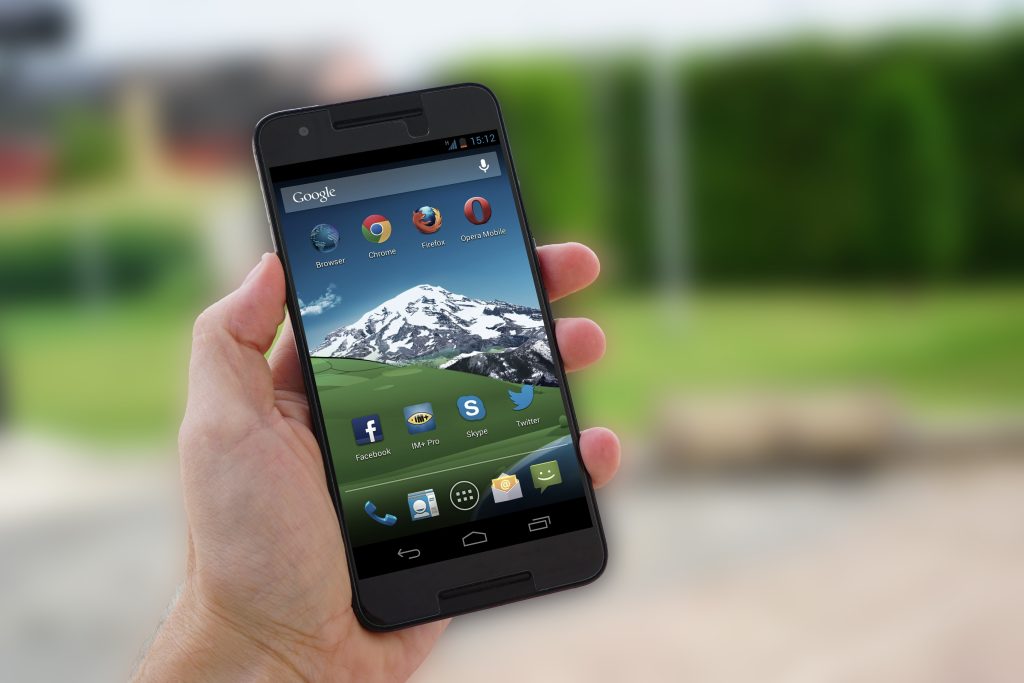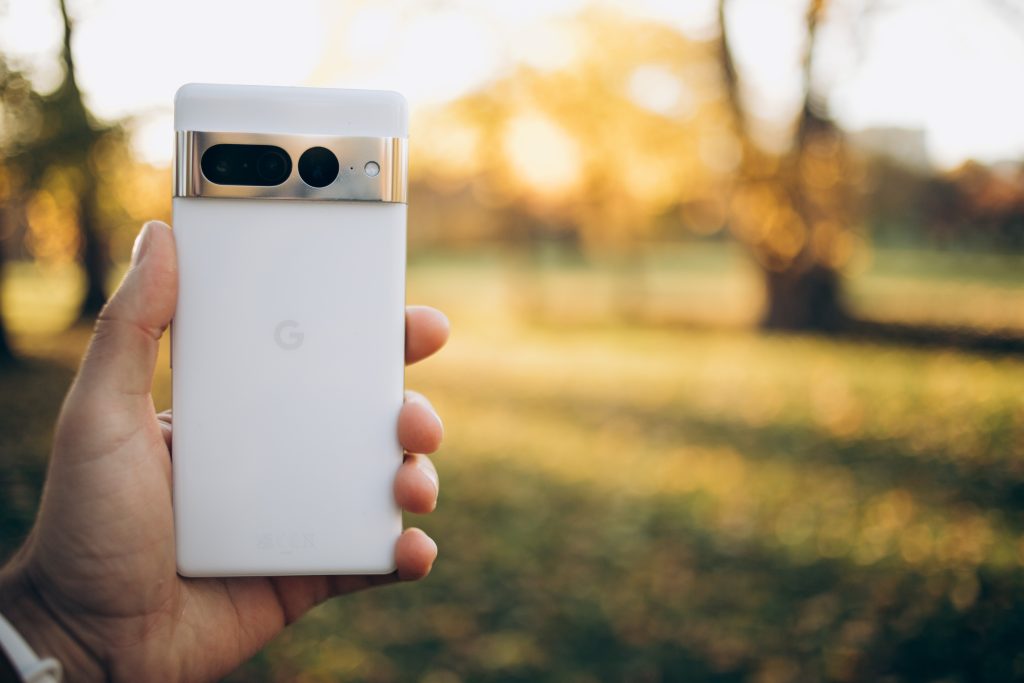We knew that people didn’t want to talk to cars, or to houses, or to offices; they want to talk to other people … What we believed was that the telephone number should be a person rather than a location.
Martin Cooper, inventor and entrepreneur
British engineers developed expertise as ‘radio planners’, mapping the topography as well as the distances as they devised the optimal arrangement for the mobile phone network’s base stations. Too far apart and they would leave holes in the coverage; too close together and the signals would interfere with each other.
The first base stations, large and heavy pieces of kit, were installed in 1984. During a trial period engineers drove around the country making calls to patient volunteers to test the signal strength.
Vodafone launched its network on New Year’s Day, 1985, and Cellnet followed a few days later.
They each expected to win up to 20,000 subscribers within ten years. To their astonishment, three years later they had over half a million subscribers, and network coverage reached 90 per cent of the population.
WERE MOBILE PHONES POPULAR?
A strong market for mobile technology drove the development of smaller and cheaper phones until there was one to suit every pocket.
It was teenagers—always cultural innovators—who developed extraordinary dexterity and (OMG!) a whole new language of abbreviations, initials and emoticons in the 1990s, as sending text messages became an integral part of their social interaction.
No one would have been more surprised at this development than the companies who first invested in cellular mobile phone networks, thinking they might have a market among wealthy businesspeople keen to acquire the latest gadget.
MAKING MOBILE CALLING INTERNATIONAL
Countries besides the UK and USA also developed their own networks, and calls stopped at their borders. Taking their lead from the Nordic countries, which had cooperated to develop networks, a group of European government and industry technocrats came together in 1980 to work towards a common standard.
One of the leading figures was Stephen Temple of the UK’s Department of Trade and Industry (DTI). In 1987 European leaders met in Bonn to sign the agreement that would allow mobile phone users to roam from one country to another, hopping from network to network.










